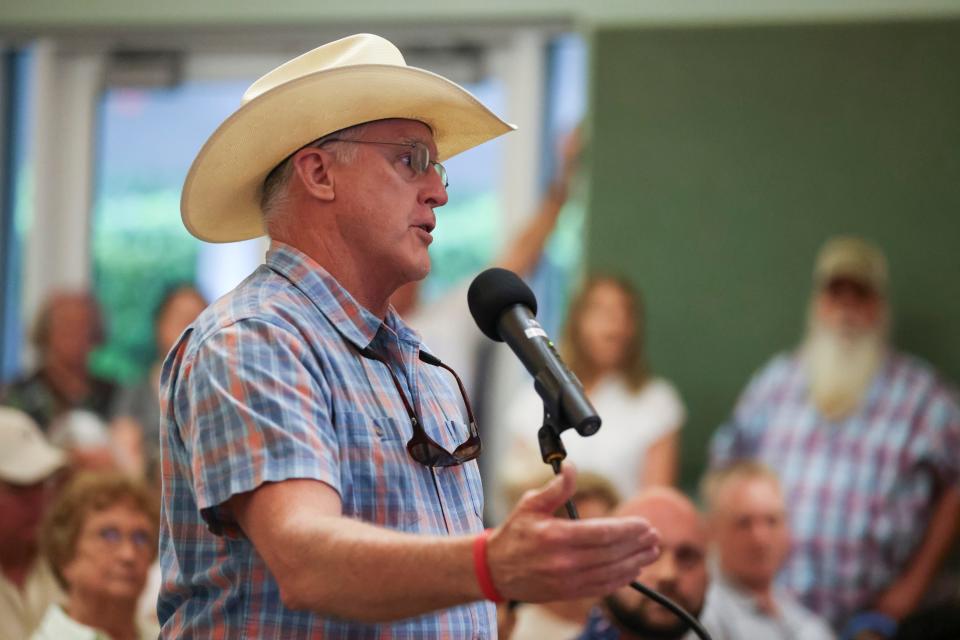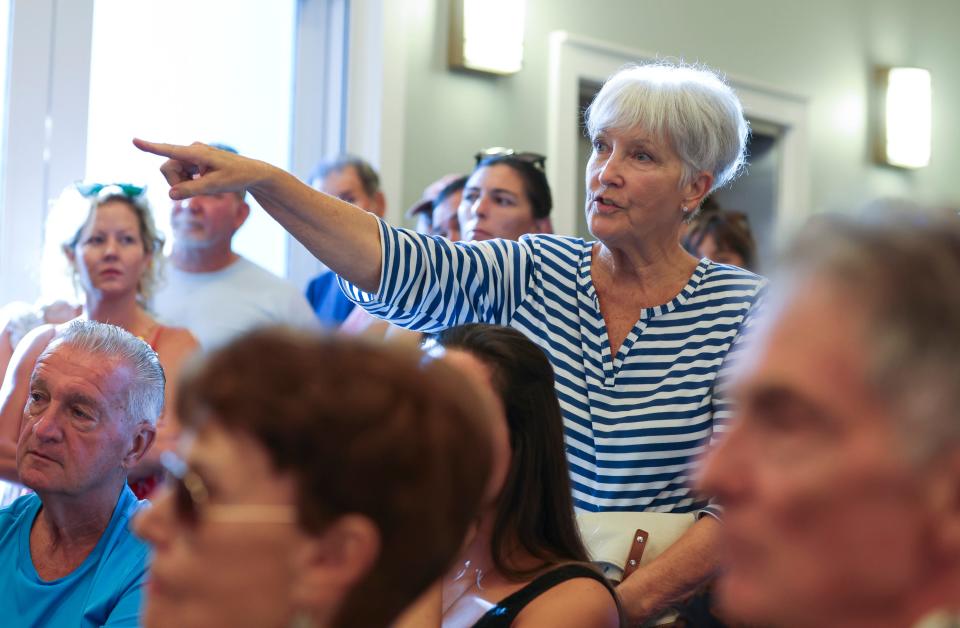Is Live Local Act the terrifying bogeyman Florida developers are making it out to be?
Halloween is more than two weeks away, but there's a sinister gremlin that's been terrorizing Floridians for months now. It's known as the Live Local Act, or Senate Bill 102.
If you've had a conversation with someone about a controversial development project over the past few months, you've probably heard mention of it. Unlike Lord Voldemort from the Harry Potter books and movies, developers have no trouble speaking its name.
In fact, that seems to be their go-to talking point whenever there is resistance to plans they are proposing. It usually goes like this: "Either your local government will approve our plans, or we'll use the Live Local Act to circumvent the process and build what we want anyway."

Here's just one of many recent examples of this phenomenon: Last month, car dealer Sandy Woods announced plans to build hotels, condominiums, restaurants, a 7,000-square-foot event center, retail shopping and about 1,000 parking spaces on prime waterfront property on South Hutchinson Island overlooking the Fort Pierce Inlet.
To help facilitate high-rise construction, Woods said a new state law (meaning: the Live Local Act) could be a workaround for building height restrictions on that portion of the island.
Woods isn't the only one using this strategy. But like other terrifying creatures that come to visit us around Halloween, the threat posed by the Live Local Act is more imagined than real.
The state law, which went into effect July 1, is intended to address Florida's serious housing affordability problem. And parts of the 95-page law should help toward that end.
The act commits the state to spend $711 million for housing projects and assistance through the Florida Housing Finance Corp. to create or build upon housing programs. It provides incentives to developers who build affordable housing, including tax credits on building materials used for that purpose.

But much of the controversy about the act centers on a provision that would allow developers to bypass the usual land-use review process for residential or mixed-use projects that designate at least 40% of the housing units as "affordable" on land zoned for commercial, industrial or mixed uses.
In other words, no review by your local city council or county commission. Eligible projects can be administratively approved by local planning officials if they meet the necessary requirements.
That's the rub, though. There are requirements. The act isn't a "get out of jail free" card that allows developers to build whatever they want, wherever they want.
If the property they're interested in developing isn't zoned for commercial, industrial or mixed uses, the Live Local Act doesn't apply. And if a developer wants to get land rezoned, that does require approval by the city or county's legislative body.
Also, committing 40% or more of a project's total residential units for use as affordable housing would require developers to leave a lot of money on the table. Instead of selling or renting units at market rate prices, the act would limit rent or mortgage payments to 30% of the community's median adjusted gross income.
Does anyone seriously believe a developer is going to set aside 40% or more of oceanfront housing units for people who meet affordable housing income criteria? Please.
Here's another big caveat that probably would complicate the relationships between developers and their lenders: The affordable housing restrictions are meant to remain in effect for at least 30 years.
As a result, it's likely to be tougher to resell property burdened with the type of restrictions required to develop under the Live Local Act.
That's not to suggest we'll never see a project developed under the act's provisions.
According to what the legislation's sponsors were saying, the act could lead to outdated shopping centers being repurposed into apartments or low-cost condominiums in some areas. If it does, that won't necessarily be a bad thing. That's the type of scenario the act was intended to address.
It wasn't intended to be a cudgel to bully neighborhood residents speaking out about questionable projects into submission ― at least as far as we know.
The time for trick-or-treating will soon be at hand. However, whether it's around Halloween or any other time of year, Floridians shouldn't be falling for this particular trick.
Editorials published by TCPalm/Treasure Coast Newspapers are decided collectively by its editorial board. To respond to this editorial with a letter to the editor, email up to 300 words to TCNLetters@TCPalm.com.
This article originally appeared on Treasure Coast Newspapers: Halloween: Fear affordable housing bill impact on Florida development?

